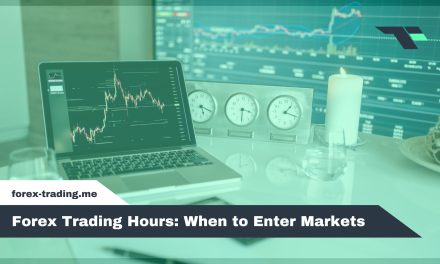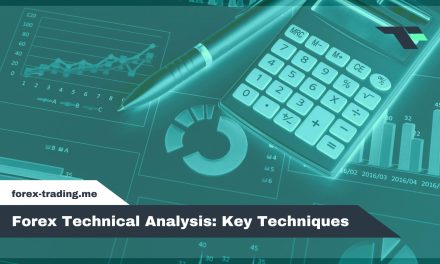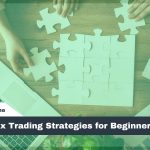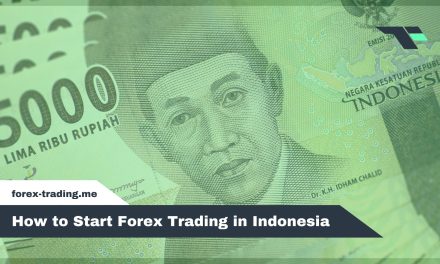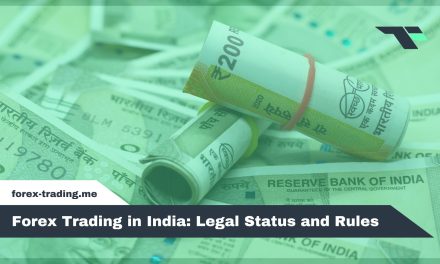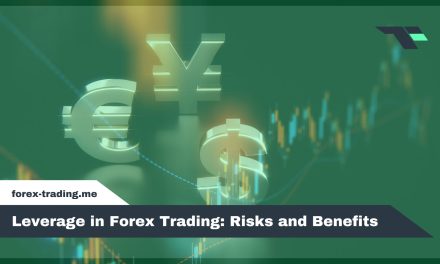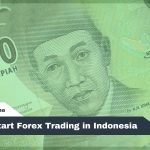
Mastering Forex Leverage: Pros and Cons
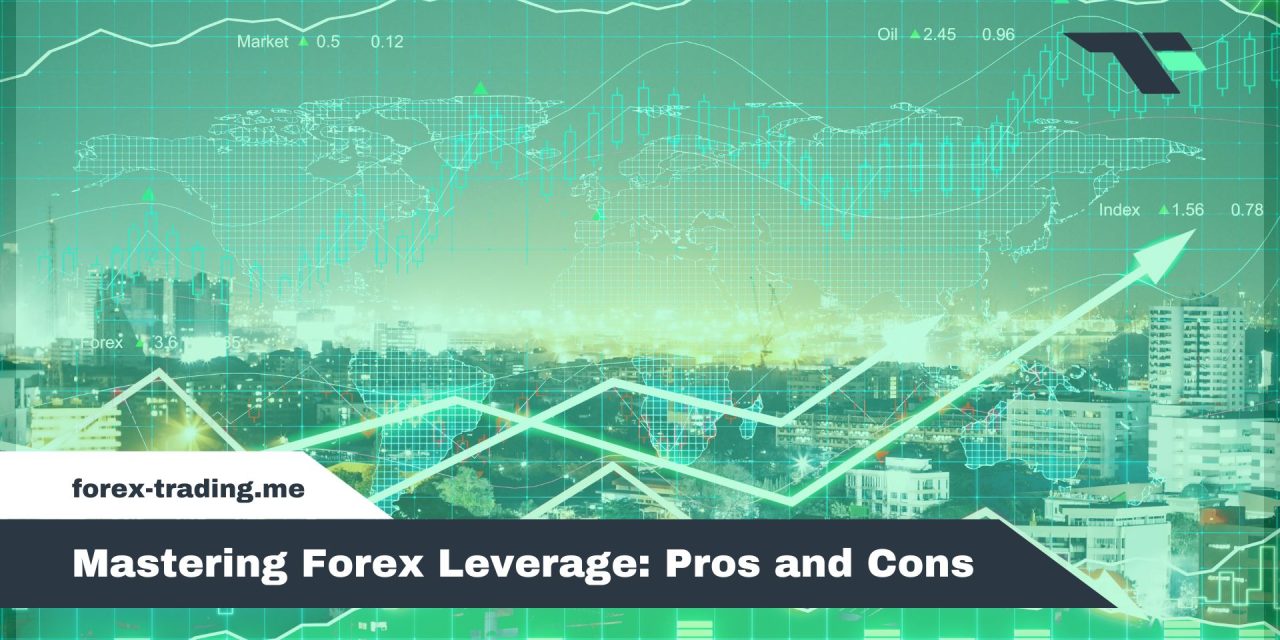
Forex leverage amplifies both profits and losses by allowing traders to control larger positions with smaller capital investments. While leverage provides access to significant market exposure and potential returns, statistics reveal that 74-89% of retail forex traders lose money due to leverage mismanagement. Benefits include increased buying power and capital efficiency, but drawbacks encompass rapid account depletion, margin calls, and psychological stress during volatile market conditions. Regulatory frameworks vary globally, with ESMA capping retail leverage at 1:30 while the CFTC permits 1:50 ratios. Understanding these dynamics proves essential for developing thorough trading strategies.
Table of Contents
What is leverage in forex trading?
The foreign exchange market processes an enormous $7.5 trillion in daily trading volume, making it the world’s largest and most liquid financial market where currencies are bought and sold around the clock. Despite this massive scale and the sophisticated tools available to traders, statistics consistently show that approximately 70-80% of retail forex traders lose money over time, with improper leverage usage frequently cited as a primary contributing factor. This stark contrast between market opportunity and trader outcomes highlights the critical importance of understanding leverage mechanics before attempting to harness its potential for profit amplification.
Forex market volume context
Scale matters when examining why forex markets can sustain exceptionally high leverage ratios that would be impossible in smaller financial markets. The forex market’s daily turnover exceeded $7.5 trillion in 2022, making it the world’s largest financial market. This massive liquidity enables brokers to offer significant leverage without destabilizing price movements.
| Market Type | Daily Volume |
|---|---|
| Forex | $7.5+ trillion |
| Stock Markets | $200 billion |
| Commodities | $50 billion |
| Cryptocurrencies | $30 billion |
| Bonds | $1 trillion |
Currency markets operate continuously across global trading sessions, providing constant liquidity that absorbs large leveraged positions. Unlike equity markets where individual stock movements can create volatility gaps, major currency pairs maintain tight spreads due to institutional participation and central bank interventions, making high leverage mathematically feasible for retail traders.
Retail trader loss stats
Approximately three-quarters of retail forex traders lose money when using leverage, according to regulatory disclosures published by major brokers across Europe, Australia, and other jurisdictions with mandatory risk reporting requirements. These statistics, often displayed prominently on broker websites, reveal loss rates ranging from 74% to 89% among non-professional clients trading leveraged forex positions.
The frequency of margin calls increases dramatically during volatile market periods, when currency pairs experience rapid price movements that exceed traders’ account equity buffers. Broker data consistently shows that higher leverage ratios correlate with faster account depletion, as smaller adverse price movements can trigger automatic position closures. This sobering reality underscores why regulatory bodies have implemented leverage restrictions and warning requirements, recognizing that while leverage amplifies potential profits, it simultaneously magnifies the probability and magnitude of losses for inexperienced traders.
Calculating forex leverage with examples
Understanding how to calculate leverage requires familiarity with the margin calculation formula, which determines the required collateral for any given trade size. The basic formula states that required margin equals the notional trade size divided by the leverage ratio, providing traders with a clear method to determine their capital requirements. A practical example demonstrates this concept: when opening a $100,000 EUR/USD position with 1:100 leverage, the trader must deposit only $1,000 as margin, effectively controlling a position one hundred times larger than their actual investment.
Margin calculation formula
The mathematics behind margin calculations forms the foundation for every leveraged forex position, determining exactly how much capital traders must deposit to control their desired position sizes.
The margin calculation formula operates through several interconnected components that determine account requirements:
- Required Margin = (Position Size × Current Price) ÷ Leverage Ratio
- Account Equity = Balance + Unrealized Profits – Unrealized Losses
- Free Margin = Account Equity – Used Margin across all positions
- Maintenance Margin = Typically 50% of initial margin, though brokers adjust based on volatility
- Margin Call Level = (Account Equity ÷ Used Margin) × 100%
Brokers monitor these calculations continuously, triggering margin calls when account equity falls below maintenance requirements. Understanding these formulas enables traders to calculate exactly how much capital they need for any leverage level and position size.
1:100 leverage trade example
Strategic positioning through leverage becomes tangible when examining a concrete trading scenario that demonstrates how borrowed capital amplifies both potential returns and risks. Consider a trader with $1,000 opening a EUR/USD position using 1:100 leverage, controlling $100,000 worth of currency.
| Scenario | Price Movement | Profit/Loss |
|---|---|---|
| Favorable | +100 pips | +$1,000 |
| Neutral | 0 pips | $0 |
| Unfavorable | -100 pips | -$1,000 |
A 100-pip movement in either direction creates a $1,000 profit or loss, effectively doubling the account or wiping it out entirely. This example illustrates how leverage transforms minor price fluctuations into significant financial outcomes, requiring traders to understand that each pip carries substantial weight when controlling large positions relative to their actual capital investment.
Benefits of leverage in forex
Leverage in forex trading offers two primary advantages that attract traders worldwide. First, it greatly amplifies profit potential by allowing traders to control larger positions than their initial capital would otherwise permit, turning modest market movements into substantial gains. Second, leverage dramatically reduces the capital requirements needed to participate in currency markets, enabling traders with limited funds to access the same trading opportunities typically reserved for those with much larger account balances.
Amplified profit potential
Amplification of returns represents one of the most compelling aspects of forex leverage, transforming modest market movements into substantial percentage gains on invested capital. When currency pairs move favorably, leverage multiplies the trader’s profit relative to their initial investment, creating opportunities for significant returns from relatively small price changes.
The mathematical relationship between leverage and profit amplification demonstrates how traders can maximize their capital efficiency:
- A 1% favorable currency movement with 1:100 leverage generates a 100% return on invested capital
- Higher leverage ratios exponentially increase profit potential from minor price fluctuations
- Small account balances can control substantial market positions, enhancing trading ROI
- Leveraged returns outpace unleveraged investments when market direction aligns with positions
- Capital efficiency improves as traders deploy less personal funds while maintaining market exposure
Lower capital requirements
Access to forex markets becomes democratized through margin trading, as traditional barriers that once required substantial capital investments dissolve under leverage structures. Many brokers now accommodate entry-level trading through micro accounts, enabling market participation with deposits as modest as $50 when leverage amplifies purchasing power. This reduced capital requirement transforms currency speculation from an exclusive institutional activity into an accessible retail opportunity.
Margin requirements typically represent only a fraction of the total position value, allowing traders to control significant currency exposures without committing proportional equity amounts. Low deposit thresholds eliminate the financial obstacles that previously restricted forex participation to well-capitalized investors, while micro account structures provide graduated exposure levels that match individual risk tolerance and available capital reserves.
Drawbacks of forex leverage
While forex leverage can amplify profits, it equally magnifies losses, potentially wiping out trading accounts when markets move against positions. Margin calls become inevitable when leveraged trades decline in value, forcing traders to either deposit additional funds or face automatic liquidation of their positions. The psychological pressure of managing highly leveraged positions creates significant stress, with studies showing that traders using extreme leverage ratios experience measurably higher anxiety levels that can impair decision-making abilities.
Margin calls & heavy losses
The nightmare scenario for leveraged forex traders materializes when market movements turn sharply against their positions, triggering a cascade of forced liquidations that can obliterate accounts within hours. When equity falls below maintenance levels, brokers automatically close positions to prevent further losses, often at the worst possible prices during volatile market conditions.
These devastating sequences typically unfold through predictable stages:
- Margin call trigger – Account equity drops below 50% of required maintenance margin
- Forced liquidation – Broker automatically closes positions without trader consent
- Maintenance margin breach – Available funds insufficient to support open positions
- Account blow-out – Complete loss of trading capital within minutes or hours
- Slippage amplification – Market gaps worsen execution prices during forced closures
Understanding these mechanisms helps traders recognize when leverage transforms from opportunity into existential threat.
Psychological stress factors
Psychological turbulence emerges as one of leverage’s most insidious consequences, transforming rational traders into emotional decision-makers who abandon their carefully crafted strategies under pressure. Studies demonstrate that leveraged traders experience a 20% increase in cortisol levels during volatile market swings, creating physiological stress responses that impair judgment and decision-making capabilities.
This elevated stress manifests through impulsive trading behaviors, where traders deviate from predetermined risk management protocols and chase losses with increasingly aggressive positions. The amplified financial exposure inherent in leveraged trading compounds anxiety levels, as small market movements translate into significant portfolio fluctuations. Trading psychology research reveals that emotional discipline deteriorates rapidly under leveraged conditions, leading traders to exit profitable positions prematurely or hold losing trades beyond rational limits, ultimately undermining long-term profitability.
Regulations & usage trends in forex leverage
Forex leverage regulations vary greatly across jurisdictions, with ESMA capping retail traders at 1:30 for major currency pairs and 1:20 for minors, while the CFTC limits U.S. retail accounts to 1:50 on major pairs. Despite these regulatory constraints, approximately 40% of retail traders still utilize leverage ratios of 1:100 or higher through offshore brokers, contrasting sharply with institutional participants who rarely exceed 1:20 due to risk management protocols. These divergent usage patterns highlight the ongoing tension between regulatory protection efforts and trader demand for higher leverage access.
Region caps: SMA vs. CFTC
While European regulators have implemented stringent leverage caps to protect retail investors, American authorities have taken a markedly different approach that allows higher leverage ratios for currency trading.
The European Securities and Markets Authority (ESMA) enforces conservative limits, while the Commodity Futures Trading Commission (CFTC) permits substantially higher ratios. These regulatory differences create distinct trading environments across jurisdictions.
Key regulatory distinctions include:
- EU leverage caps: Maximum 1:30 ratio for major currency pairs under ESMA rules
- U.S. limits: CFTC allows up to 1:50 leverage on major pairs
- Broker compliance: Over 60% of EU brokers strictly enforce the 1:30 cap
- Platform adherence: U.S. brokers universally follow CFTC’s 1:50 maximum
- Client protection focus: European regulations prioritize retail trader safety over profit potential
These contrasting approaches reflect different philosophies regarding market access versus investor protection in retail forex trading.
Retail vs. Institutional usage
When examining leverage usage patterns across market participants, a striking divide emerges between retail traders and institutional players in their risk tolerance and strategic approaches. Institutional desks, including banks and hedge funds, typically employ conservative leverage ratios averaging 1:10 to 1:20, reflecting sophisticated risk management frameworks and regulatory oversight. These professional traders prioritize capital preservation and consistent returns over maximum profit potential.
In stark contrast, retail traders demonstrate noticeably higher risk appetites, with 40% selecting leverage ratios of 1:100 or higher. This disparity stems from differing objectives: institutions focus on steady portfolio growth while individual traders often seek rapid capital appreciation. Professional traders also possess advanced analytical tools, larger capital bases, and extensive market experience that enable more measured approaches to leveraged positions.
Strategies & Tech for optimal forex leverage
Successful forex leverage management requires selecting appropriate leverage levels that align with individual risk tolerance and trading experience, typically following the principle of risking no more than 1-2% of account equity per trade. Modern traders increasingly rely on AI-driven risk control systems that can automatically adjust position sizes, monitor margin requirements, and execute protective stops with greater precision than manual methods. These technological solutions, combined with algorithmic trading platforms, help reduce the likelihood of forced liquidations by approximately 15% while maintaining consistent risk parameters across multiple currency pairs.
Choosing the right leverage level
How does a trader determine the ideal leverage level that aligns with their financial goals without exposing their account to unnecessary risk? The selection process requires careful evaluation of multiple personal and market factors that directly impact trading outcomes.
Experienced traders consider several criteria when establishing personalized leverage caps:
- Account size and available capital – larger accounts typically handle higher leverage more effectively
- Risk tolerance and emotional discipline – conservative traders often limit exposure regardless of account size
- Trading style and frequency – scalpers may use different ratios than swing traders
- Market volatility conditions – reducing leverage during uncertain periods preserves capital
- Performance tracking metrics – monitoring risk-reward ratios guides future adjustments
Traders limiting risk to 1% per trade often perform 20% better on average over twelve-month periods. Position sizing and account equity management become fundamental components of sustainable leverage strategies.
AI-driven risk controls
Where traditional manual risk management often fails under rapid market conditions, AI-driven risk controls now offer traders sophisticated automated protection systems that adapt leverage in real-time. These machine-learning systems employ volatility filters and dynamic margin adjustments, continuously monitoring market conditions to modify position sizes automatically. Smart stop-loss algorithms analyze price patterns and implement protective measures faster than human traders can react to sudden market shifts.
Modern brokers integrate ML risk models that evaluate multiple market factors simultaneously, adjusting leverage exposure based on predetermined risk parameters. These automated systems implement disciplined risk management protocols consistently, removing emotional decision-making from critical moments. Industry data indicates that AI-powered risk controls reduce large drawdowns by up to 15% compared to manual settings, demonstrating measurable improvements in capital preservation during volatile trading periods.
Conclusion
Forex leverage remains a double-edged instrument that amplifies both opportunities and risks in currency trading. Successful implementation requires thorough understanding of calculation methods, regulatory constraints, and risk management strategies. While leverage enables significant market exposure with limited capital, traders must carefully balance profit potential against the possibility of substantial losses. Modern technological tools and disciplined approaches help optimize leverage usage, making education and strategic planning essential for sustainable trading success.


